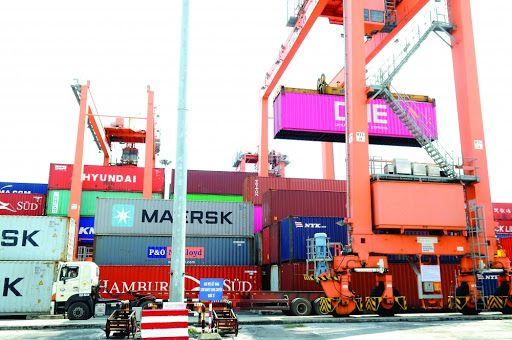Freight transport in Vietnam does not have a multimodal approach: WTO

The development of freight transport in Vietnam does not have a multimodal approach, indicated a report by the World Trade Organization (WTO).
Although national policy makers in Vietnam have already identified the needs in the Transport Development Strategy for 2020, Vision 2030, the projects have continued to be implemented in isolation, without a strategic multimodal approach and with little attention to supply and supply considerations. demand.
This has contributed to perpetuating some shortcomings in the transport system, such as the fragmentation of services, the underuse of existing infrastructure and poor service delivery.
Traffic congestion around ports and on national highway systems hampers freight transport, causes delays and impairs mobility in large cities.
For the WTO, it is necessary to expand and improve the transport and logistics infrastructure to support the transformation of the country and ensure that it remains competitive in relation to counterpart countries in the region.
In 2019, transportation and storage generated 2.8% of GDP and 3.6% of total employment.
Labor productivity in the transportation and storage sector increased 92.5% between 2010 and 2018.
In the same period, freight transport grew 85% (in volume) and passenger transport 87.5%.
Freight transport
According to data from the Ministry of Transport (MOT), currently road transport continues to be, by far, the predominant mode of transport and is used for 77% of cargo transport and 95% of passenger transport.
According to the MOT, Vietnam’s transportation infrastructure development needs for the period 2018-2023 have been estimated at $ 44.7 billion.
Of this sum, 64% corresponds to road development, 11.7% to railway development, 10% to air transport and another 10% to maritime routes and inland waterways.
A third of this budget was expected to come from private national and foreign sources.
Despite the considerable volume of investment in road infrastructure, the Government announced in March 2017 its objective to reduce the proportion of road transport and increase that of inland waterway and rail transport.
In accordance with Prime Minister’s Decision No. 995 / QD-TTg, issued on August 9, 2018, the MOT is developing five national transport plans (road, rail, port system, airport system and inland waterway infrastructure) to the period 2021-2030.
![]()

